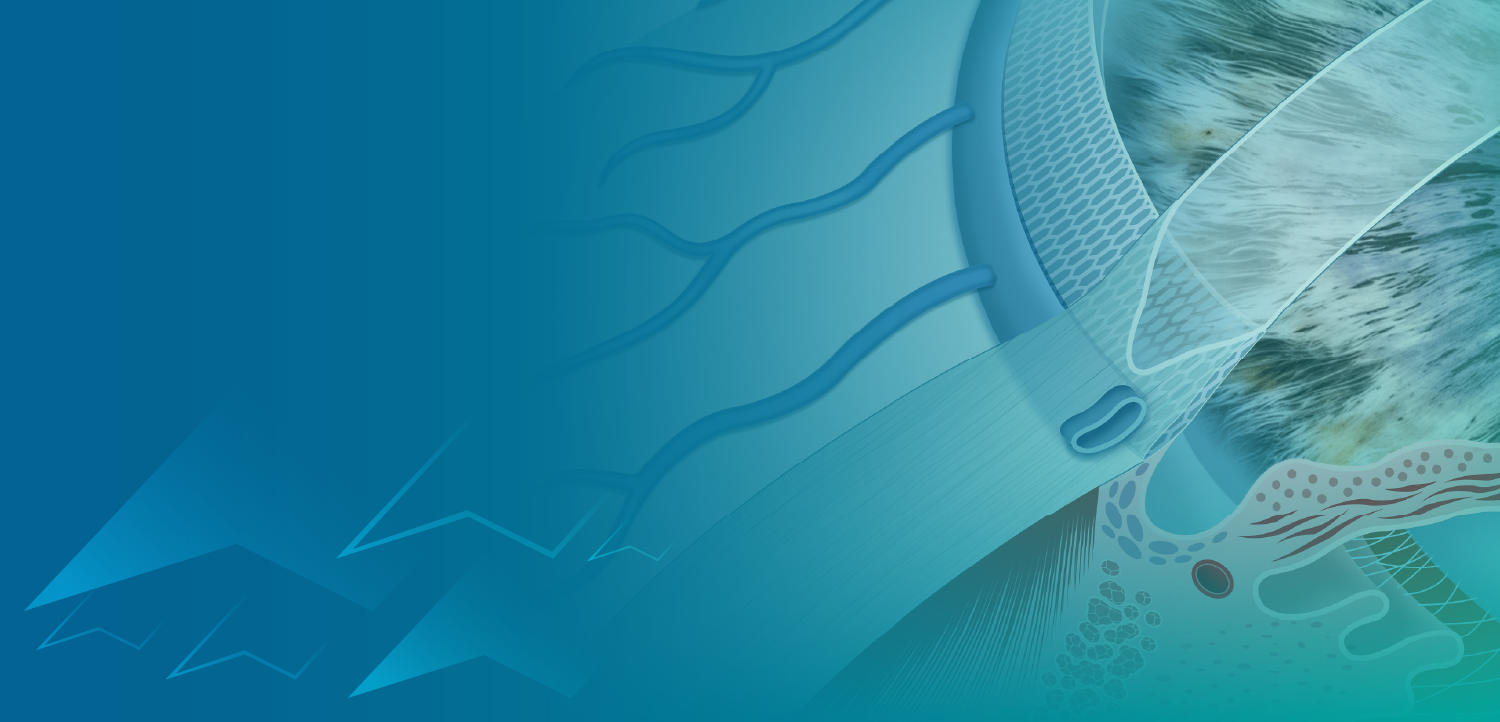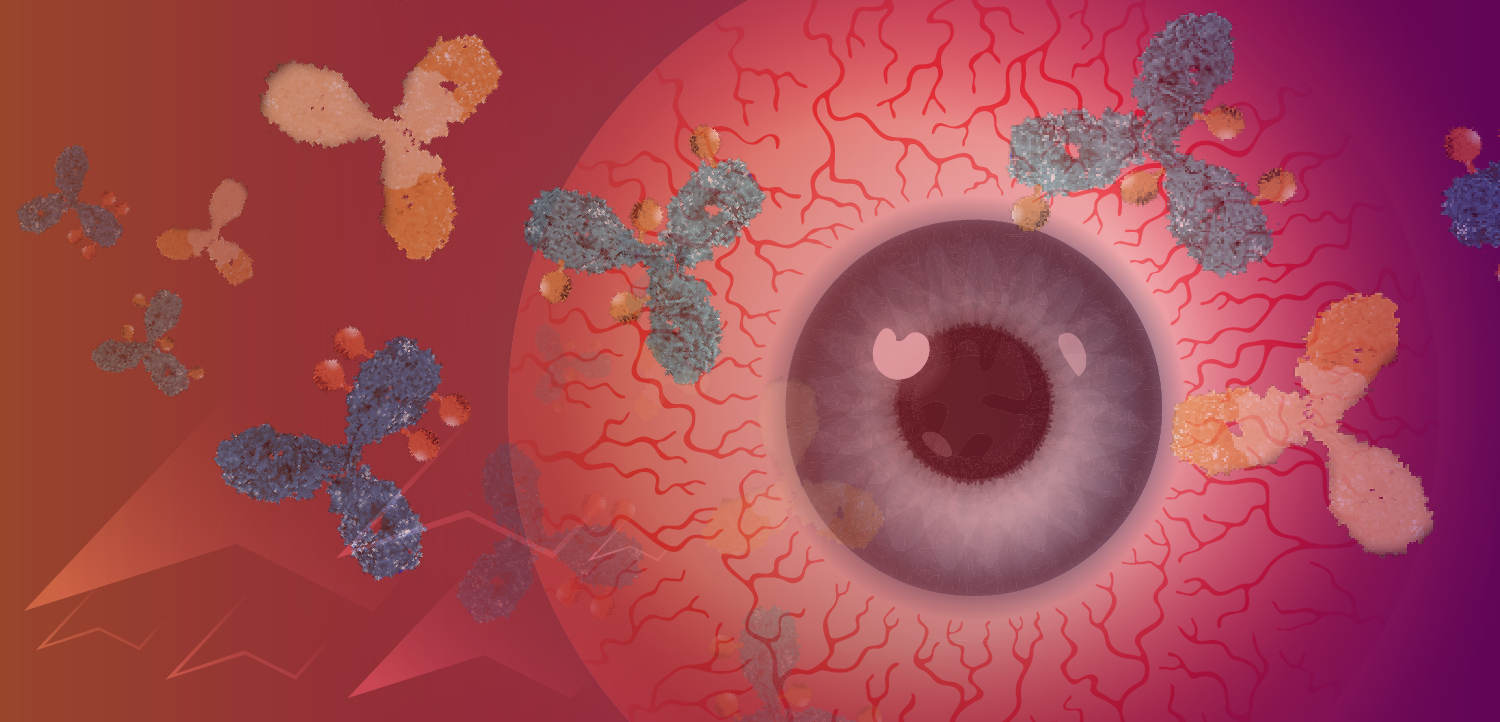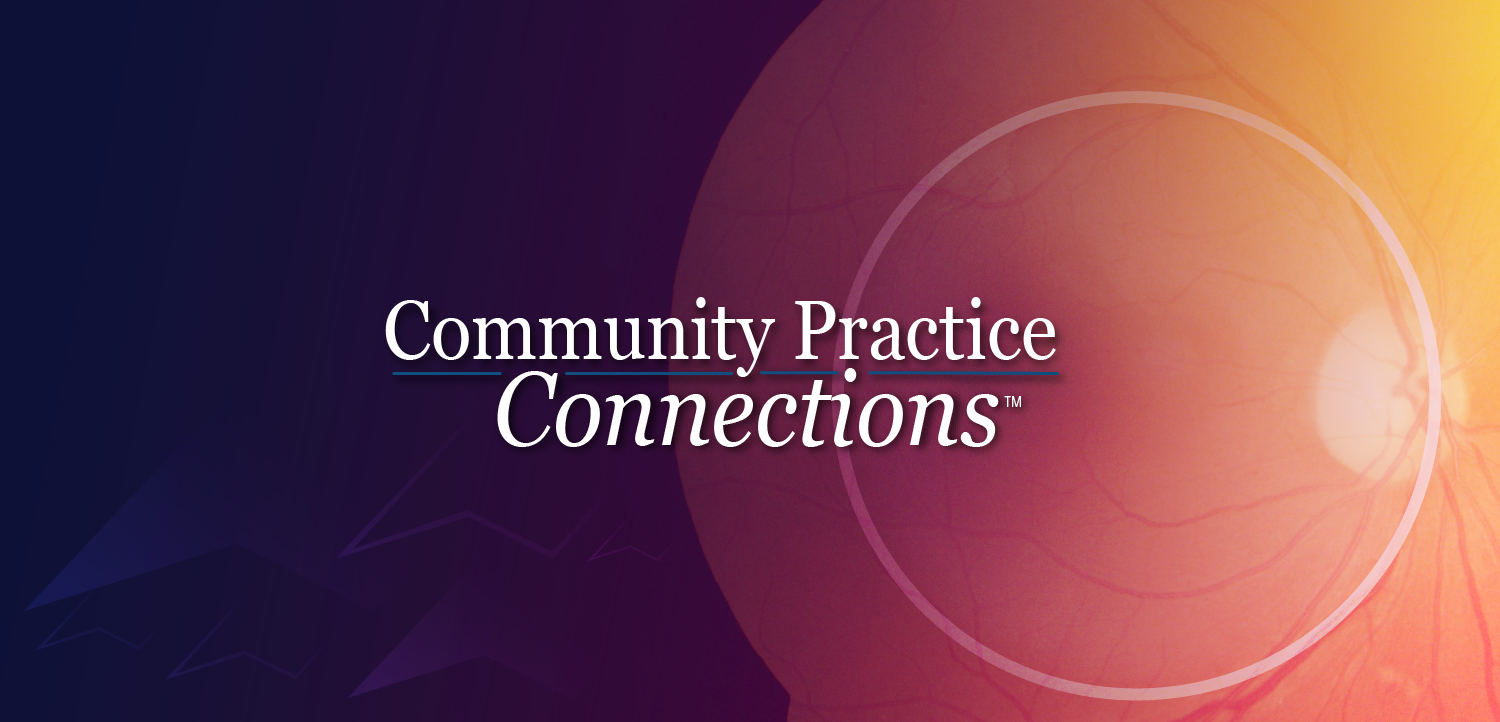AMD may have stronger impact on patients, health system than expected
A recent analysis of the natural history of individuals newly diagnosed with age-related macular degeneration (AMD) shows that they may be a sicker population when compared with age, race, and gender-matched controls. The cohort of Medicare beneficiaries who had been newly diagnosed at the start of a 10-year retrospective study period in 1994 experienced significantly higher rates of depression, injury, and long-term care placement than a matched control group of patients without AMD, said Ashley Wysong, MD, of Duke University School of Medicine, Durham, NC.
A recent analysis of the natural history of individuals newly diagnosed with age-related macular degeneration(AMD) shows that they may be a sicker population when compared with age, race, and gender-matched controls. Thecohort of Medicare beneficiaries who had been newly diagnosed at the start of a 10-year retrospective studyperiod in 1994 experienced significantly higher rates of depression, injury, and long-term care placement than amatched control group of patients without AMD, said Ashley Wysong, MD, of Duke University School of Medicine,Durham, NC.
"Our study described increased rates of visual and functional health complications that may be expectedfollowing a new diagnosis of AMD," Dr. Wysong said. "This extends the findings of previous studies to anationally representative sample. With the aging baby boomer population and increased life expectancy of olderindividuals, the burden of AMD, given our findings, may have greater public health implications than previouslyexpected."
The cohort of 32,706 patients with AMD in this retrospective cohort study was drawn from a national 5% sample ofMedicare claims data. They and a group of matched controls were followed from 1994 to 2004 unless they died orenrolled in a health maintenance organization. By design, the proportions of age, gender, and race wereidentical in the AMD and control groups and very similar to that of the U.S. population with AMD, Dr. Wysongsaid. Sixty-six percent of the individuals were female, the average age was 78, and 92% were Caucasian.
"Not surprisingly, patients with AMD developed blindness at a much higher rates than those without AMD," Dr.Wysong said. "The cumulative incidence of blindness was 3.2% versus 0.8% after 10 years of follow-up,controlling for glaucoma, cataracts, macular edema, proliferative and background diabetic retinopathy, and theCharlson comorbidity index."
Rates of severe and moderate vision loss also were higher in the AMD group.
The Medicare beneficiaries with AMD also had higher rates of depression, after controlling for the Charlsoncomorbidity index. According to Dr. Wysong, 40% of the patients with AMD versus 33% of the controls developeddepression over the 10-year period. Rates of hip fracture were higher as well in the AMD cohort aftercontrolling for blindness, severe and moderate vision loss, osteoporosis and the Charlson index. In anotheroutcome measure, 58% of patients with AMD were admitted to a long-term care center over 10 years compared with50% of controls.
During the 10-year follow-up, patients with AMD had higher prevalence rates in 15 of 19 general health conditionsevaluated in the review, including serious and resource-consuming conditions such as stroke, myocardialinfarction, chronic obstructive pulmonary disease, and diabetes. Most of these differences had disappeared bythe end of the study period. However, a reverse trend was seen in dementia. Persons with and without AMD wereequally likely to be diagnosed with dementia at year 1, but patients with AMD were significantly more likely tohave this diagnosis in years 5 and 10.
Newsletter
Don’t miss out—get Ophthalmology Times updates on the latest clinical advancements and expert interviews, straight to your inbox.















































.png)


